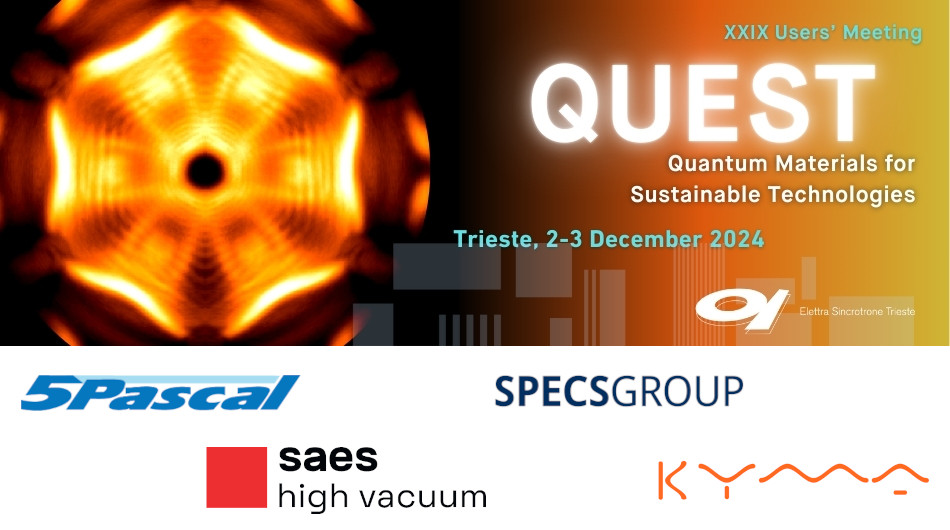Speaker
Description
During the past four years, I had the opportunity to participate in and contribute to the development of new techniques that expand the capabilities of the DiProI beamline at the FERMI free-electron laser (FEL) source. In particular, I will present a few results related (i) to the properties of light beams possessing orbital angular momentum (OAM) and (ii) to the magnetic dynamics triggered by high-amplitude, quasi-single-cycle terahertz (THz) pulses.
The use of OAM light beams is rapidly becoming a powerful way for probing condensed-matter systems, even in the extreme ultraviolet range. The wavefronts of these beams are characterized by an azimuthal angular dependence of the electric field phase, associated with an OAM topological charge $\ell \neq 0$. For imaging purposes, it has been shown that OAM beams can increase image resolution compared to gaussian illumination ($\ell = 0$) [1]. We tested this feature at the DiProI beamline by conducting ptychographic experiments with a standard sample [2,3]. Our results show that ptychographic reconstructions with OAM beams exhibit higher image resolution, and the retrieved illumination functions proved to be very sensitive to optical aberrations. This study could provide the basis for new characterization and diagnostic tools [4], as the extra degree of freedom given by $\ell$ can be exploited for tuning light-matter interaction even during pump-probe experiments.
Indeed, although we primarily investigated the role of OAM beams as a probe, a FEL source demonstrates its full potential while performing pump-probe experiments on an ultrafast time scale. In this context, we developed a compact THz source to be mounted inside DiProI. It is based on optical rectification in a BNA organic crystal [5], which allows us to obtain quasi-single-cycle THz pulses with a spectrum centered at approx. 1 THz. These pulses serve as a pump to investigate, for instance, THz-induced nutation dynamics in ferromagnetic materials [6]. Nutation, which is related to magnetic inertia, manifests as a perturbation of the precessional motion undertaken by the magnetization during its recovery to equilibrium. As shown in refs. [6,7], the nutation resonance frequency in standard ferromagnetic materials lies in the 0.5 - 2 THz range, making this phenomenon an ideal test case for our THz source. A detailed experimental characterization of the magnetization evolution on an ultrafast time scale is not only of interest for fundamental research, but could also have a significant impact in the development of future devices, as magnetic inertia affects the energy balance associated with ultrafast magnetization switching [8].
[1] F. Tamburini et al., Phys. Rev. Lett. 97, 163903 (2006). [2] F. Guzzi et al., Condens. Matter 6, 36 (2021). [3] M. Pancaldi, F. Guzzi et al., Optica 11, 403 (2024). [4] M. Fanciulli, M. Pancaldi et al., Phys. Rev. Lett. 128, 077401 (2022). [5] F. Roeder at el., Opt. Express 28, 36274 (2020). [6] K. Neeraj et al., Nat. Phys. 17, 245 (2021). [7] V. Unikandanunni et al., Phys. Rev. Lett. 129, 237201 (2022). [8] K. Neeraj et al., Phys. Rev. B 105, 054415 (2022).

